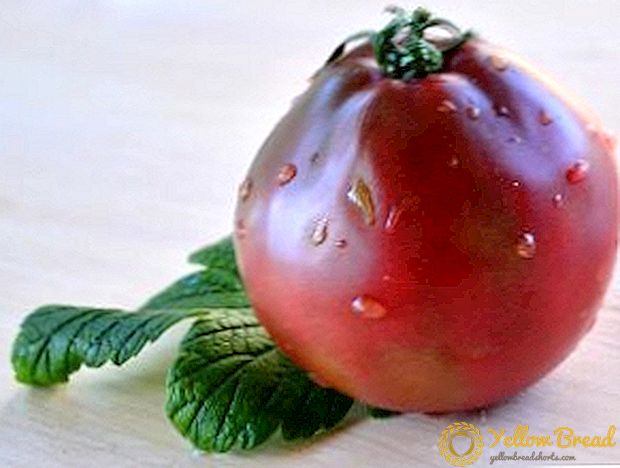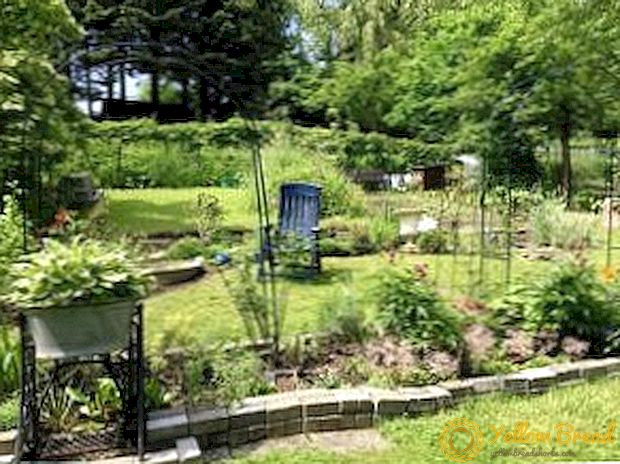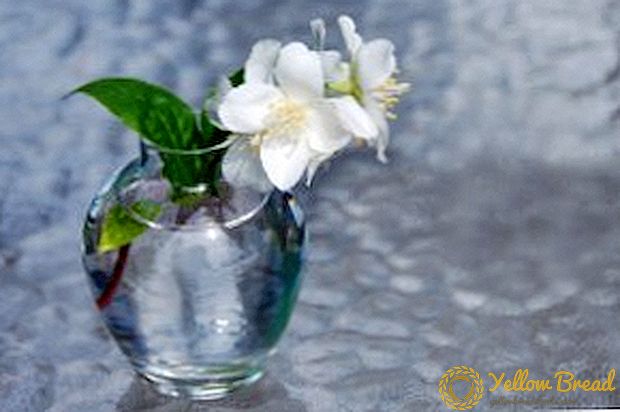Somewhere in the craggy outskirts of Kathmandu, Nepal, a newly woven rug is being tortured. Workmen singe it with a blowtorch; the air fills with the acrid smell of burning hair. Before the day is over, the men will plunge the rug in vats of water, rake it with iron-toothed combs, and barrage it with wooden paddles so violently that an outside observer might think they mean to destroy it. But the craft of finishing a rug is a well-guarded art, and the terraced hillside beyond is bejeweled with the fruits of such labor: a kaleidoscope in shimmering wool and silk, stretched to dry amid dun concrete and corrugated tin.

Workers use wooden paddles to scrub and wash a finished rug, a violent process that brings out the natural sheen of lanolin in the wool.

Oriental Birds, a design by Paul Smith, is stretched out to dry after a final wash and finishing.
It is an incongruous scene, not least because of the designs on the rugs themselves: A leopard by Diane von Furstenberg slinks near rainbow stripes by Paul Smith; Pop Art-ish flowers by Consuelo Castiglioni bloom near extravagant geometrics by Kelly Wearstler. The juxtaposition hits at the heart of the enterprise. The site is a production facility for the Rug Company, whose raison d'être is this marriage of traditional artisanship with the cutting edge.

Weavers work in teams of three in a coordinated effort on vertical looms; they are often close friends or family.

Using watercolors, an artisan paints a graph that weavers will use as a guide to complete a rug.
"You start with the very best design, and you combine it with great craftsmanship, and you have a winner," says Christopher Sharp. Along with his wife and business partner, Suzanne, Sharp revolutionized the industry in 1999 when he began collaborating with big names in the interiors and fashion worlds. The Sharps continue to innovate in this vein today- rugs by Vivienne Westwood, Thom Browne, and Lorenzo Castillo have recently joined the family- but the company's success truly depends on the fine tradition of Tibetan weaving.

A weaver hammers down a row of knots.

At the dyeing facility, specific formulations are calibrated for every shade of yarn.
Nepal's Kathmandu Valley, where many Tibetans relocated after the Chinese invasion of their country in 1959, is a locus of the craft. The Tibetan knot is a fast method that captures startlingly crisp designs and produces one of the most durable textiles in the world. "A well-made rug is really tough," says Sharp. "There are Tibetan rugs that date back to the 16th century." Another key is the wool itself. "Ours comes from the Tibetan plateau," says Sharp. "It's high in altitude, so the animals produce a lot of lanolin," a natural protectant. Carefully processed wool retains lanolin, which works as a stain repellent and brings luster to the rug for a lifetime(that torturous finishing method helps bring out a rug's inherent sheen).

A worker shears stray fibers from a finished Paul Smith design.

Virgin Tibetan wool is weighed for dyeing.
Every step in the Rug Company's production is done by hand, from the washing of freshly shorn wool by Buddhist monks in clear Himalayan lakes to spinning, dyeing, and weaving. The meticulous formula goes from yarn to rug in 16 weeks. Though the house's noted designers are a perennial attraction, bespoke services are also a major draw. Once, a client who was looking for a rug in just the right shade of blue found it in the steely eyes of a salesman in the firm's London store. His beguiling gaze, wrought in countless knots of wool, now grounds some Holland Park drawing room, where it might very well continue twinkling for centuries. therugcompany.com.

Tibetan workers gather skeins of yarn left out to dry after dyeing.
This story originally appeared in the January-February 2017 issue of VERANDA.






